Today I’m on a mission
Not an easy one at that
For I aim to catch the biggest fish
And reign supreme at last
I’ve been to see my dealer
Bought the recipe to succeed
It’ cost me next years wages
But things he said I’d need
The day is overcast and ripe
Just like I’m told “you’ll need”
Its perfect conditions by the book
Depending on which one you read
I make my way down to the bank
And glance around for prey
They show off jumping large as life
Today will be my day
For I am armed, You stand no chance
Surrender forthwith ye fish
Prepare to be conquered
And served tonight by dish
I search among my precious flies
And choose the one that will
Catch my prize, my personal trophy
I prepare him for the kill
Out he goes, the perfect angle
Filled with known elation
This lunch supreme, so fake and rich
My breath is held in anticipation
What has gone wrong? My fly comes back
Eaten only by the weeds
I need to choose again.. of course
This fish has greater needs
I rummage through my box of tricks
And pick my secret tool
The one that “fly fish weekly”
Recommend will always fool
Suddenly there is a splash
I watch with total glee
As tonights dinner flaunts its stuff
And dances in front of me
Ahaaa you fool, I’m here for you
Don’t stand so proud just yet
My Mission has just begun
And it’s you I aim to get
Out goes my line, Ohh boy its long
Your reign my friend has past
This will not fail.. I guarantee,
I’m sure this is the cast
But once again this stupid fish
Has failed to take my offing
It takes another leap in jest
By god I believe it’s scoffing
Out goes the bait for one last try
But alas my feelings alter
For I know I have just encountered
The supreme king of the water
I’ve tried to take him from his home
He can laugh at me with rapture
For he is the one that knows
I’m the fisherman for capture

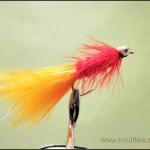
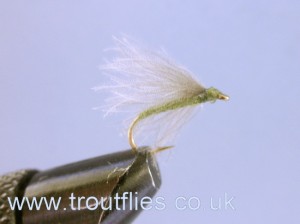
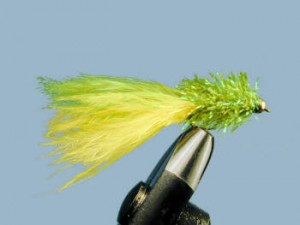
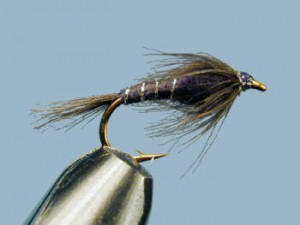 Nymph Flies
Nymph Flies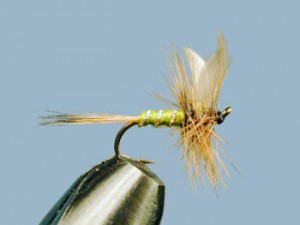 Dry Flies
Dry Flies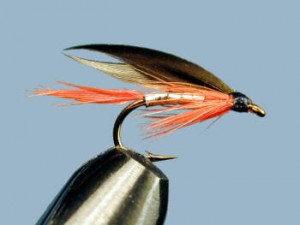
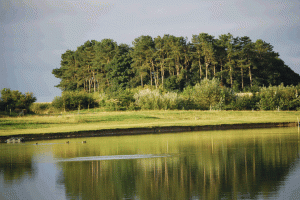 visit the website –
visit the website –